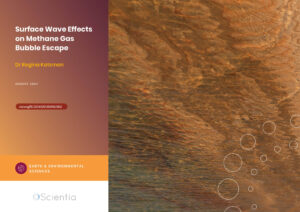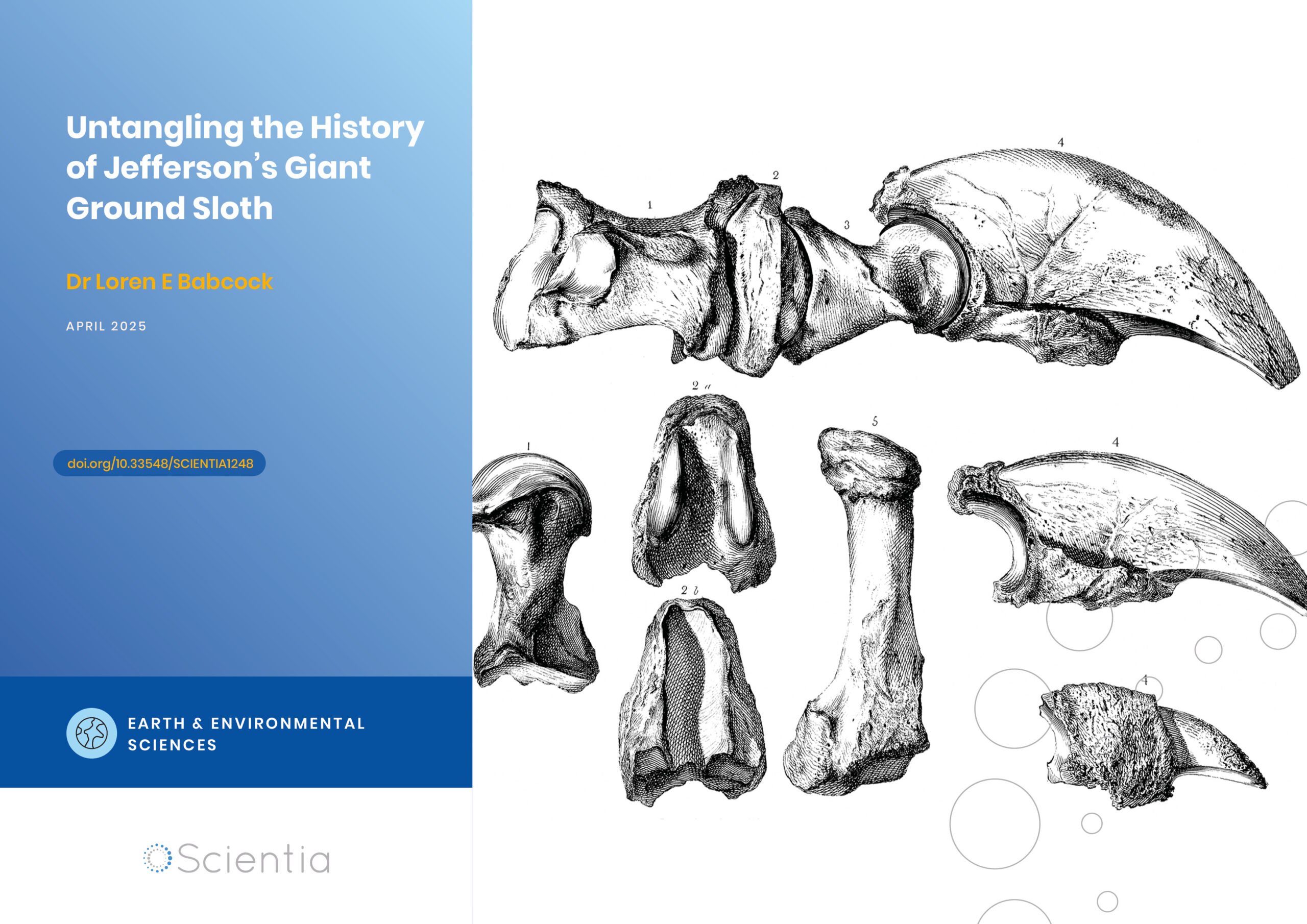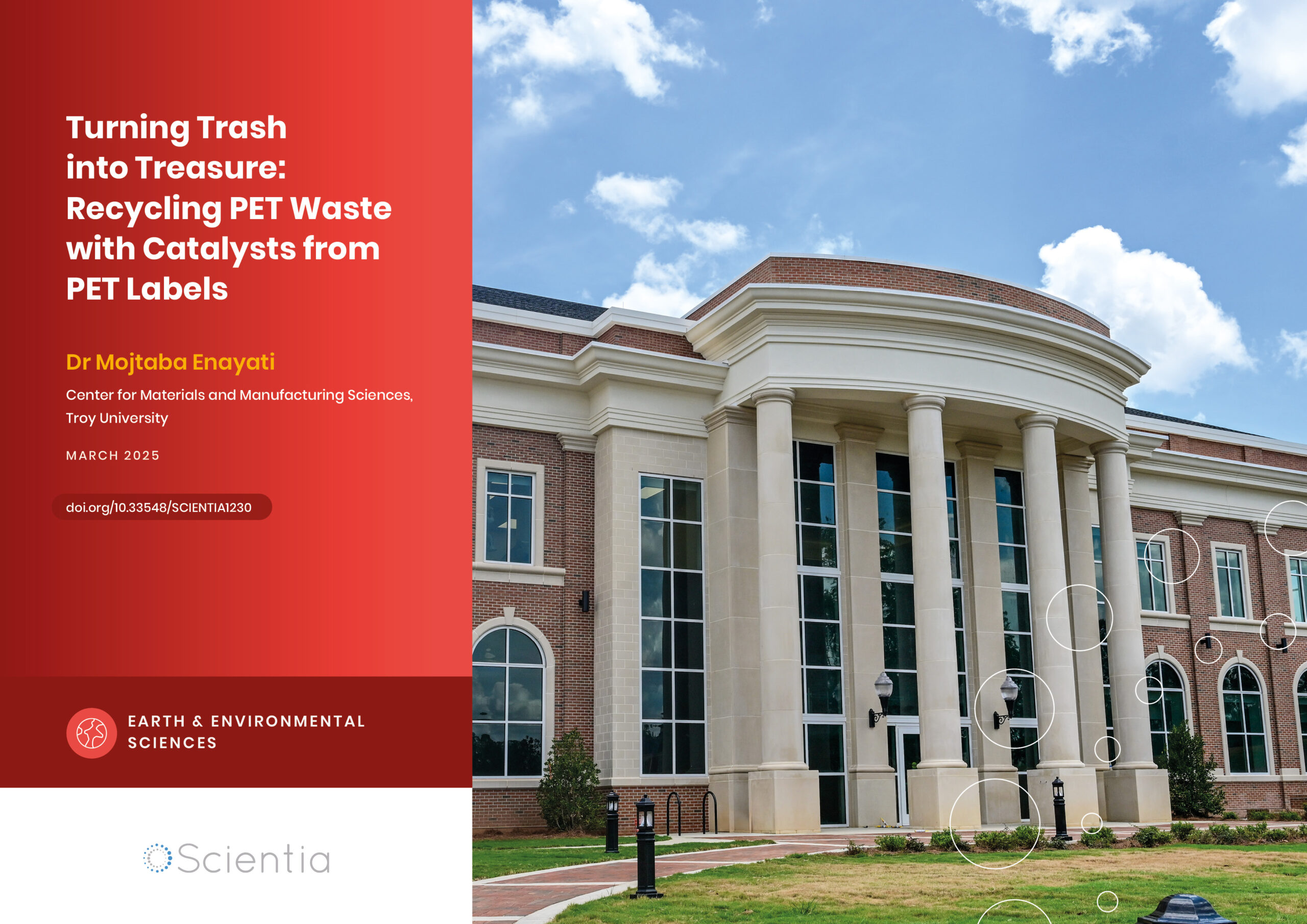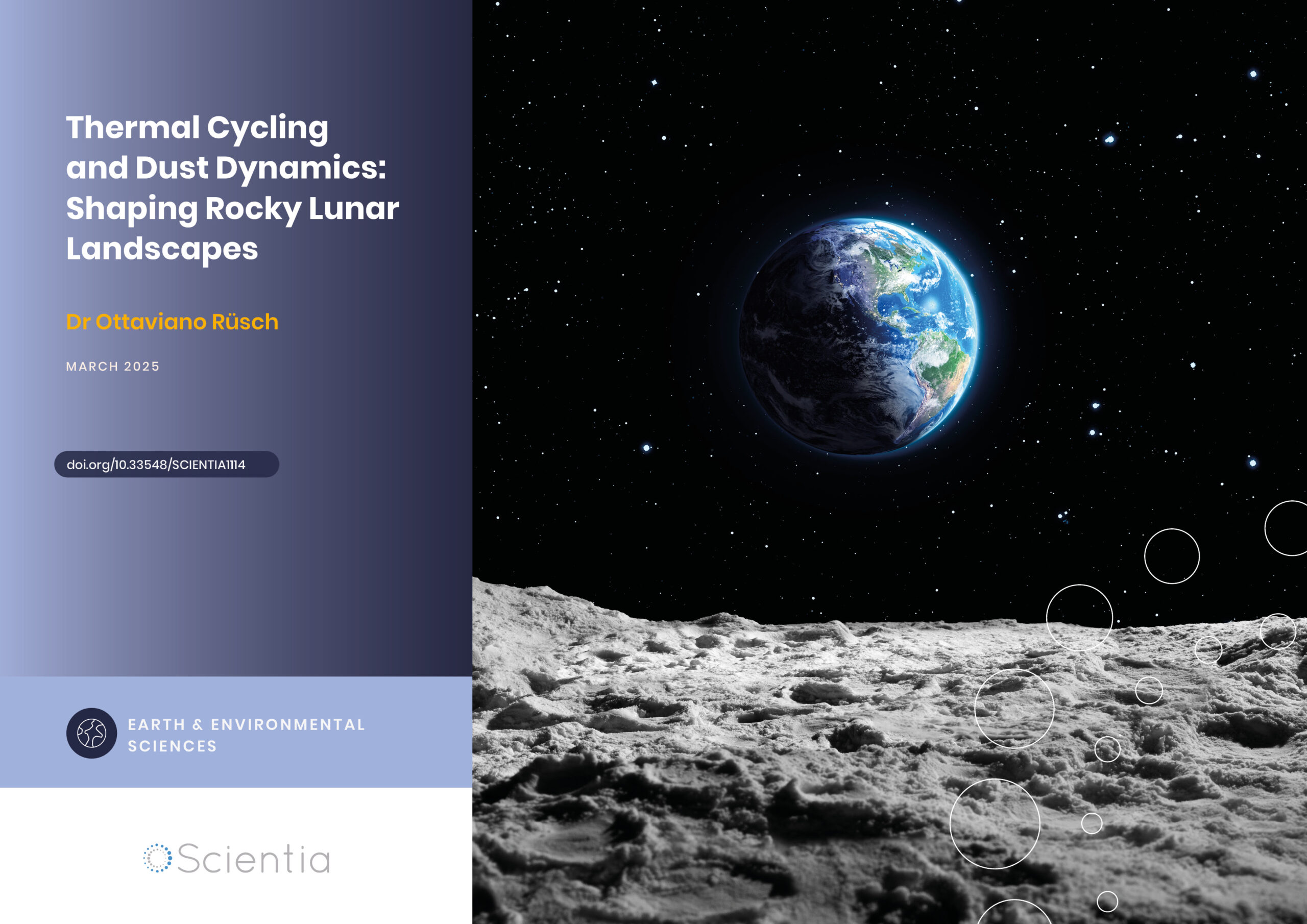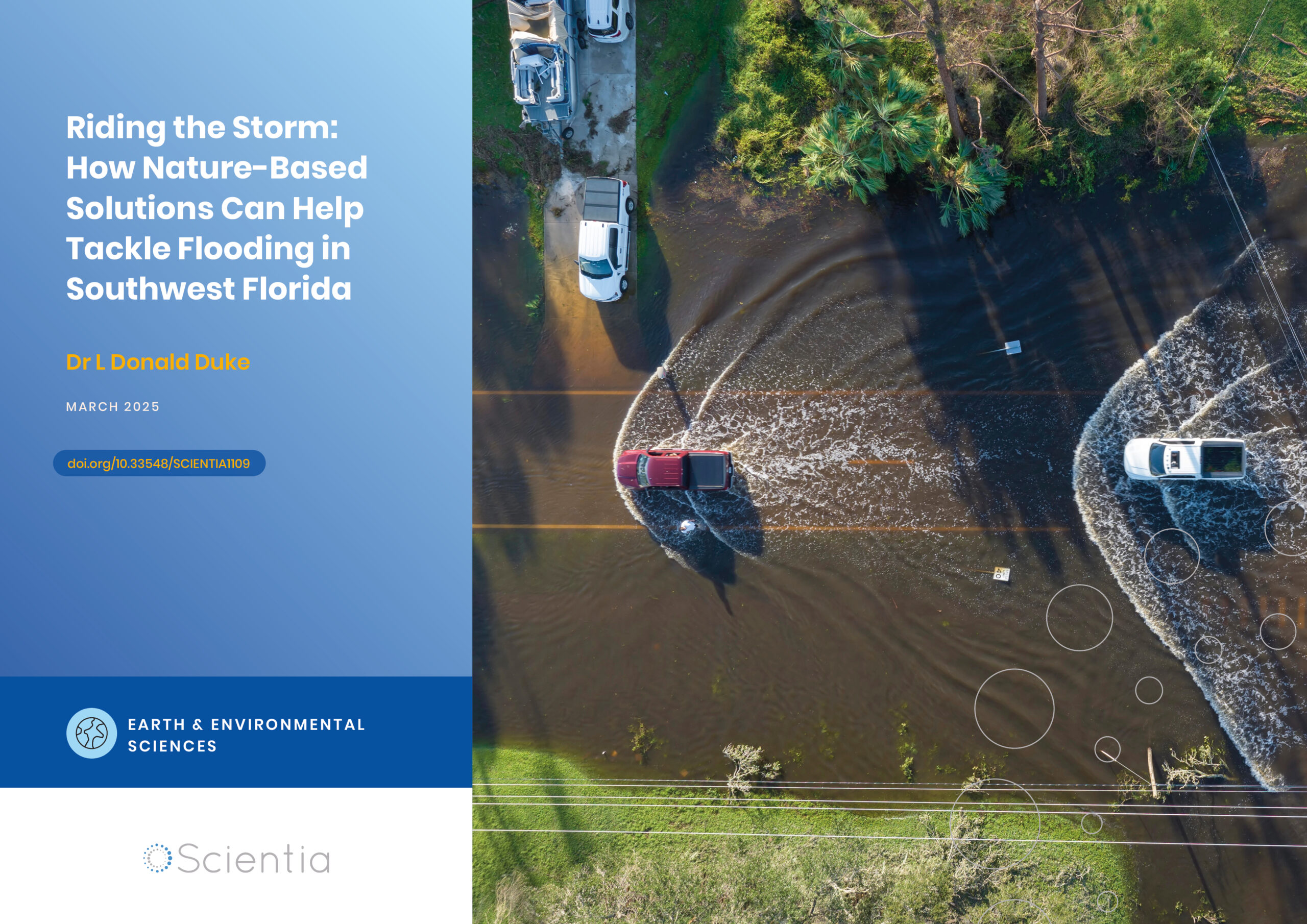Dr Regina Katsman | Surface Wave Effects on Methane Gas Bubble Escape
Methane is a potent greenhouse gas that traps the sun’s heat. It can be added to the atmosphere when gas bubbles escape aquatic sediments and rise through an overlying water column. The controls on gas bubble escape and ascent are not fully understood and require further investigation. Dr Regina Katsman from the University of Haifa has conducted numerical modelling investigating the effects of varying water body conditions on the patterns of ascent of methane gas bubbles.
Aquatic Methane Gas Bubbles
The greenhouse gas methane is abundant in our atmosphere. It traps the sun’s heat near the Earth’s surface and, in doing so, increases its temperature. Due to its structure, the warming potential of methane over a 100-year period is roughly 25 times greater than that of carbon dioxide. This means that methane is a huge challenge to efforts aiming to reduce global warming.
Methane can be trapped in muddy aquatic sediments that lie beneath bodies of water. The source of this methane can be microbial activity, gas hydrates (a solid-like combination of gas and water), degrading permafrost (ground that remains frozen for more than two years), or even deep-seated coal seams.
This methane is usually released to the overlying water column by a process called gas ebullition – the release of gas bubbles from sediment to an overlying water column – before rising through the overlying water column and escaping to the atmosphere. Ebullition events often coincide with drops in the pressure overlying the methane-bearing sediments. These pressure drops can be caused by, for example, low tides, surface waves, and atmospheric pressure drops.
The overlying pressure affects how gas bubbles ascend through sediments to the overlying water column. If overlying pressures are low (shallow waters), gas bubbles tend to ascend through dynamic fracturing, breaking the surrounding sediment as the bubbles grow and ascend unrestrictedly. Ascent will continue in this manner through the sediment layer until the gas bubbles are released to the overlying water column. Later bubbles can use these fractures as more efficient ascent pathways, providing localised routes through the sediment to the water column.
If, however, the overlying pressure is great (as found in deep waters), gas bubbles tend to ascend in a stable manner and gather at a ‘gas horizon’ (gas-rich layer) within the sediment. Should there be a later drop in overlying pressure (i.e., low tides, surface waves), bubbles can then be released from this horizon, ascend through the remainder of the sediment layer, and into the water column.
Despite this knowledge, whether bubbles ascend in a ‘stable’ or ‘dynamic’ manner and what controls the release of gas bubbles from the gas horizon still requires investigation. Dr Regina Katsman of the University of Haifa has conducted modelling to test the control of water column depth and wave characteristics (i.e., wave height and period) on gas bubble release from the gas horizon.

Modelling Bubbles in Different Conditions
Dr Katsman utilised a single-bubble mechanical reaction–transport numerical model to investigate the controls on methane gas bubble ascent. She modelled the ascent of a sub-vertical (near vertical) gas bubble through a sediment layer under varying conditions – different overlying water column depth, wave period (time for two consecutive wave crests to pass a single point), and wave amplitude (wave height). The simulations compared short and longer wave periods in shallow and deeper water (more specifically, 0.5 to 50 metre) environments.
Gas Bubble Ascent Pattern – Dynamic Versus Stable
Dr Katsman’s modelling determined the style of gas bubble ascent (i.e., stable or dynamic) across different water column depths, wave periods, and wave amplitudes. Under short-period waves (10.8 seconds) in shallow water environments (≤ 1-metre water column depth), Dr Katsman demonstrated that a rapid decrease in wave load (i.e., the removal of some of the overlying pressure as a wave’s trough passes over the bubble’s location) resulted in gas bubble ascent in a dynamic regime: rapid growth and ascent of gas bubbles through fracturing the surrounding sediment. The gas bubble achieved an ascent of 6.7 centimetres under the decreasing wave load. Gas bubble ascent subsequently continued despite the increase in wave load as a new wave passed over the ascent pathway.
When modelling gas bubble ascent under short period waves in deeper water (10- and 50-metre water column depths), however, gas bubbles ascended in the stable regime and for a significantly less distance (7.5 and 2.2 millimetres) compared to shallower water environments.
Dr Katsman concluded that the contribution of wave loading (as the maximum height, or crest of a wave, passes a point) to the background load (i.e., overlying water column on the sediment layer) influenced the gas bubble ascent regime. Further to these results, Dr Katsman demonstrated that under waves of the same amplitude and water column depths (10 and 50 metres) but for longer wave periods (four hours), gas bubble ascent remained in the stable regime and had a small ascent distance (2.6 millimetres); therefore, the gas bubble remains near the gas horizon.

Credit: Regina Katsman
Wave-induced Gas Bubble Ascent
Dr Katsman’s simulations demonstrate that the greater the ratio of wave amplitude to overlying load (for example, taller waves in a shallow water environment) and the smaller the wave period, the more chance gas bubbles will be released from the gas horizon and ascend in a dynamic regime. In addition, her results show that gas bubble escape is more likely under shorter period waves than longer ones with the same amplitude. Overall, Dr Katsman determined that the wave load in the deeper water environments was less noticeable or significant on the gas bubble than in the shallower ones.
Implications for Global Warming
Dr Katsman has investigated how methane gas bubbles escape aquatic sediments using numerical modelling. She has demonstrated that methane gas bubbles will escape the gas horizon in a dynamic manner (fracturing surrounding host sediment) under taller (high amplitude) waves with short time periods (time between waves) in shallower water environments. Further, her results suggest that sea level drops over longer timescales (hundreds to thousands of years) would lead to gas bubble ascent in a stable manner and control the location of the gas horizon within the aquatic sediment.
Being able to understand the behaviour and control of the ascent of methane gas bubbles from aquatic sediments will allow for a better understanding of the flux of this potent greenhouse gas to Earth’s atmosphere, which could help with efforts to reduce the increasing warming of our planet.
SHARE
DOWNLOAD E-BOOK
REFERENCE
https://doi.org/10.33548/SCIENTIA1062
MEET THE RESEARCHER

Dr Regina Katsman
Dr. Moses Strauss Department of Marine Geosciences
University of Haifa
Haifa
Israel
Dr Regina Katsman obtained her BSc and MSc from the Kyiv National University of Construction and Architecture, Ukraine, in 1990. Subsequently, she received an MSc and PhD in Building Sciences from The Technion – Israel Institute of Technology, Israel, in 1995 and 1999, respectively. In 2000, she joined the National Research Council of Canada as a Postdoctoral Fellow. At her second postdoctoral tenure at Weizmann Institute of Science, Israel (2001–2005), she switched to the fields of geology and geophysics, which she continues now. Currently, Dr Katsman is based at the University of Haifa, where she is a Senior Lecturer at the Dr. Moses Strauss Department of Marine Geosciences, Leon H. Charney School of Marine Sciences, as well as the Head of the Laboratory of Computational Physics in Marine Sciences. She is a member of several academic professional associations, including the European Geophysical Union, the Israel Geological Society, and the Israel Association of Computation Mechanics. Dr Katsman’s research interests include understanding the behaviour of methane gas bubbles in aquatic sediments using numerical and analytical multiphysical modelling methods.
CONTACT
E: rkatsman@univ.haifa.ac.il
W: https://marsci.haifa.ac.il/en/regina-katsman%E2%80%8B%E2%80%8B/
https://sites.google.com/marsci.haifa.ac.il/advanced-physics-katsman/home
https://scholar.google.co.il/citations?user=bgpBkvUAAAAJ&hl=en
https://www.researchgate.net/profile/Regina-Katsman
https://loop.frontiersin.org/people/1345059/overview
KEY COLLABORATORS
Boris Katsnelson, Dr. Moses Strauss Department of Marine Geosciences, Leon H. Charney School of Marine Sciences, University of Haifa, Haifa, Israel
Ernst Uzhansky, Department of Oceanography, Dalhousie University, Halifax, Nova Scotia, Canada
Andrey Lunkov, Prokhorov General Physics Institute of the Russian Academy of Sciences, Russia Moscow, Russia
FUNDING
Israel Science Foundation
U.S.–Israel Binational Science Foundation
FURTHER READING
R Katsman, Methane Bubble Escape From Gas Horizon in Muddy Aquatic Sediment Under Periodic Wave Loading, Geophysical Research Letters, 2019, 46(12), 6507–6515. DOI: https://doi.org/10.1029/2019GL083100

REPUBLISH OUR ARTICLES
We encourage all formats of sharing and republishing of our articles. Whether you want to host on your website, publication or blog, we welcome this. Find out more
Creative Commons Licence (CC BY 4.0)
This work is licensed under a Creative Commons Attribution 4.0 International License. 
What does this mean?
Share: You can copy and redistribute the material in any medium or format
Adapt: You can change, and build upon the material for any purpose, even commercially.
Credit: You must give appropriate credit, provide a link to the license, and indicate if changes were made.
SUBSCRIBE NOW
Follow Us
MORE ARTICLES YOU MAY LIKE
Dr Loren Babcock | Untangling the History of Jefferson’s Giant Ground Sloth
In the spring of 1796, workers mining saltpetre in a western Virginia cave unearthed several unusual bones. This would launch the scientific study of extinct animals in North America and connect one of America’s founding fathers to the early development of palaeontology. Some of these mysterious bones eventually made their way to future US President Thomas Jefferson at his Monticello estate. Dr Loren Babcock from The Ohio State University’s School of Earth Sciences has conducted an extensive review of the complex naming history of this iconic extinct animal. His research untangles over 200 years of inconsistent scientific terminology and establishes the definitive nomenclatural history of what would become known as Megalonyx jeffersonii.
Dr Mojtaba Enayati | Turning Trash into Treasure: Recycling PET Waste with Catalysts from PET Labels
Plastic pollution has become a critical environmental problem, with polyethylene terephthalate (PET) plastic widely used in food and beverage packaging being a major contributor. Dr Mojtaba Enayati from Troy University’s Center for Materials and Manufacturing Sciences (CMMS) is leading innovative research aimed at utilising the labels from PET water bottles as an environmentally friendly and cost-effective catalyst for chemically recycling PET waste into valuable monomers and other value-added materials. This innovative work provides an elegant solution for recycling PET by sourcing key components from the PET bottles themselves.
Dr Ottaviano Rüsch | Thermal Cycling and Dust Dynamics: Shaping Rocky Lunar Landscapes
The Moon’s airless surface is constantly bombarded by micrometeoroids, cosmic rays, and extreme temperature swings. These harsh conditions gradually break down rocks and create the fine-grained lunar soil known as regolith. Dr Markus Patzek and Dr Ottaviano Rüsch at the University of Münster are leading a team of researchers (known as the Precious Space Team) who are uncovering new details about how different types of lunar rocks respond to thermal stress and how dust behaves on boulder surfaces. Their work sheds light on the complex processes that shape airless planetary bodies over time.
Dr L Donald Duke | Riding the Storm: How Nature-Based Solutions Can Help Tackle Flooding in Southwest Florida
Florida grapples with mounting challenges related to inland flooding due to heavy precipitation, along with coastal flooding from rising sea levels and coastal storms. One important approach to address precipitation-originating flooding is to embrace land use practices runoff management in the upstream portions of at-risk watersheds, where sustainable design can relieve the pressures on drainage systems from continuing dense urban development in the low-lying Florida landscape. Dr L Donald Duke, from The Water School at Florida Gulf Coast University, plays a pivotal role in this endeavour. His work encompasses creating and evaluating flood-resilient land use practices and planning to manage stormwater runoff on the watershed scale.

